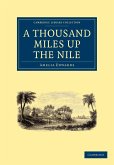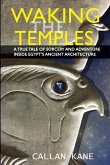Travelogue The Spell of Egypt was published in 1910 by British author Robert Hichens. It was first released in 1908 with the title Egypt and Its Monuments. Egypt served as the scene for numerous of Hichens' novels, which were recognized for their orientalist prose.In the land of the wealth, in the sunshine, in the black vaults, one always seeks the dead in Egypt. The overall impression of Seti's massive temple is that it is white when viewed in the brightest sunlight and against a blindingly blue sky. It's only fitting that a well-known novelist would bring the charm and mystique of Egypt to life. The "drowsily gorgeous" pyramids, the Sphinx's "awful repose," the "silver eddies" of the Nile, the Colossi of Memnon's "immense aspect of patience," the Tombs of the Kings, where a "king's quiet bids you be silent," and other fascinating subjects are all covered in this lovely book. The Garden of Allah, The Lady Who Lied, and The Paradine Case are further works by British author ROBERT SMYTHE HICHENS (1864-1950).
Hinweis: Dieser Artikel kann nur an eine deutsche Lieferadresse ausgeliefert werden.
Hinweis: Dieser Artikel kann nur an eine deutsche Lieferadresse ausgeliefert werden.

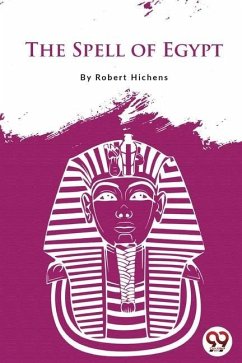

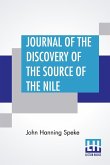
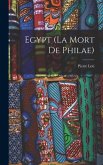
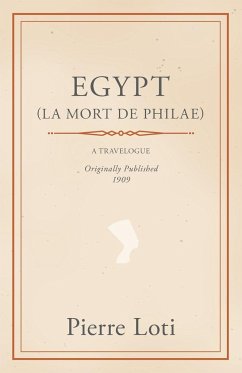
![Egypt (La Mort De Philæ) by Pierre Loti [Pseud.] Egypt (La Mort De Philæ) by Pierre Loti [Pseud.]](https://bilder.buecher.de/produkte/66/66855/66855060m.jpg)
